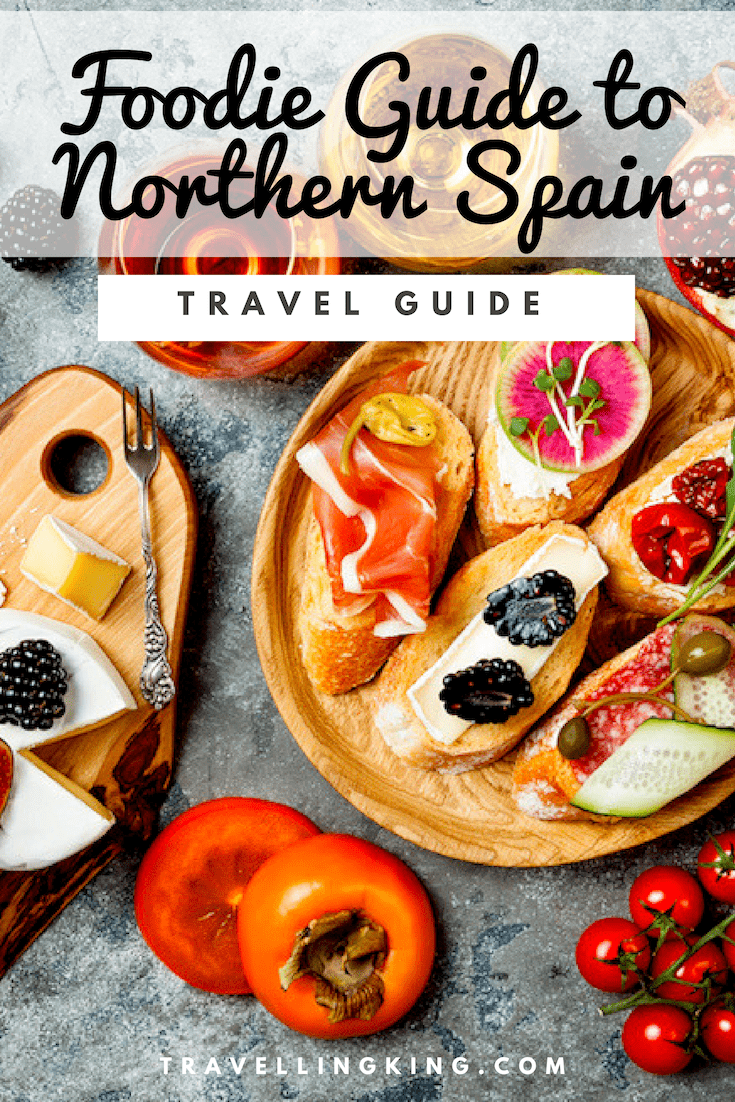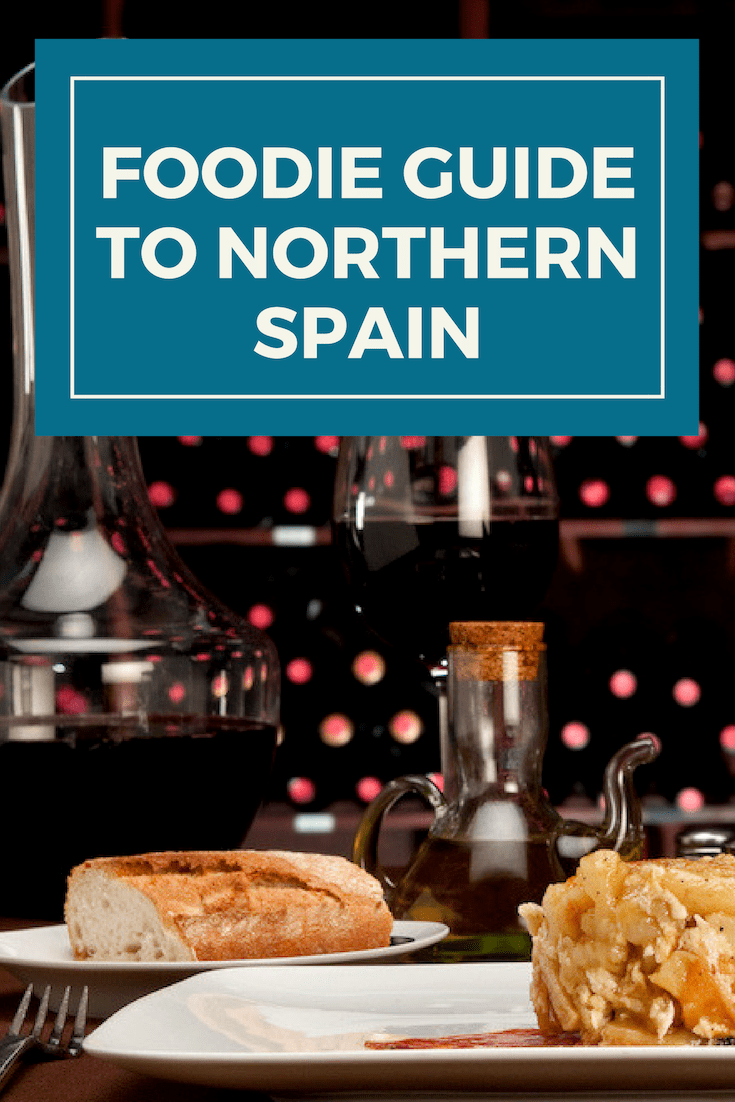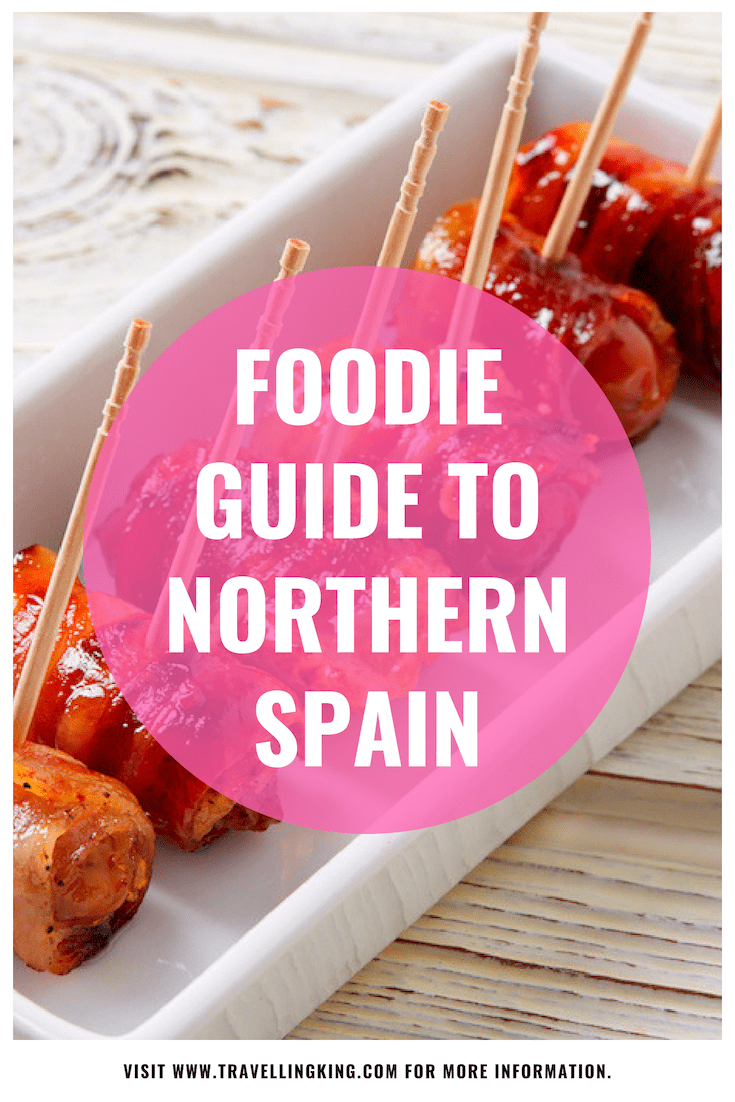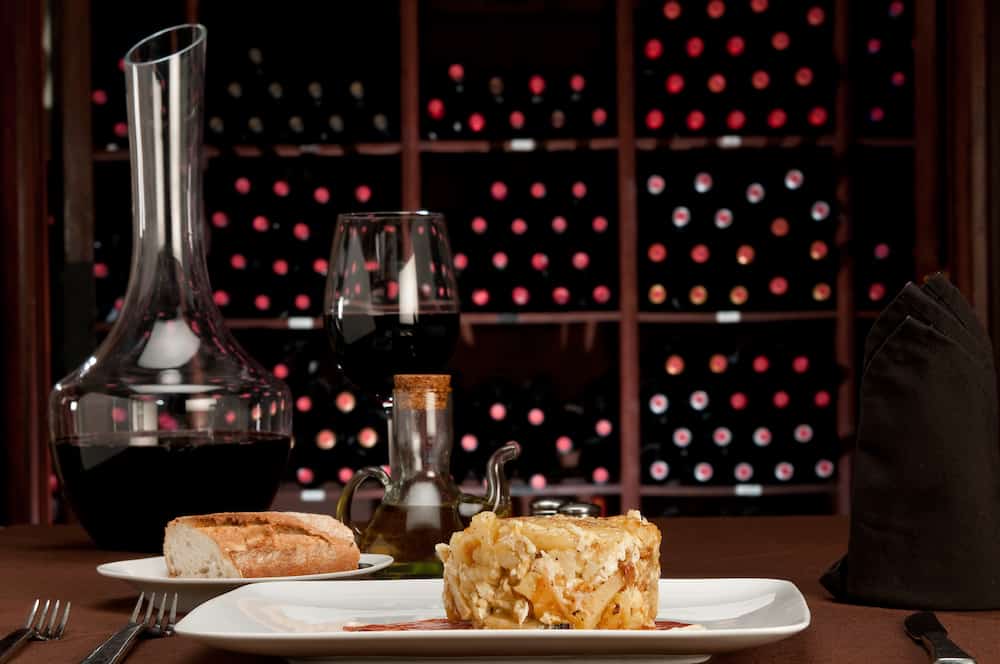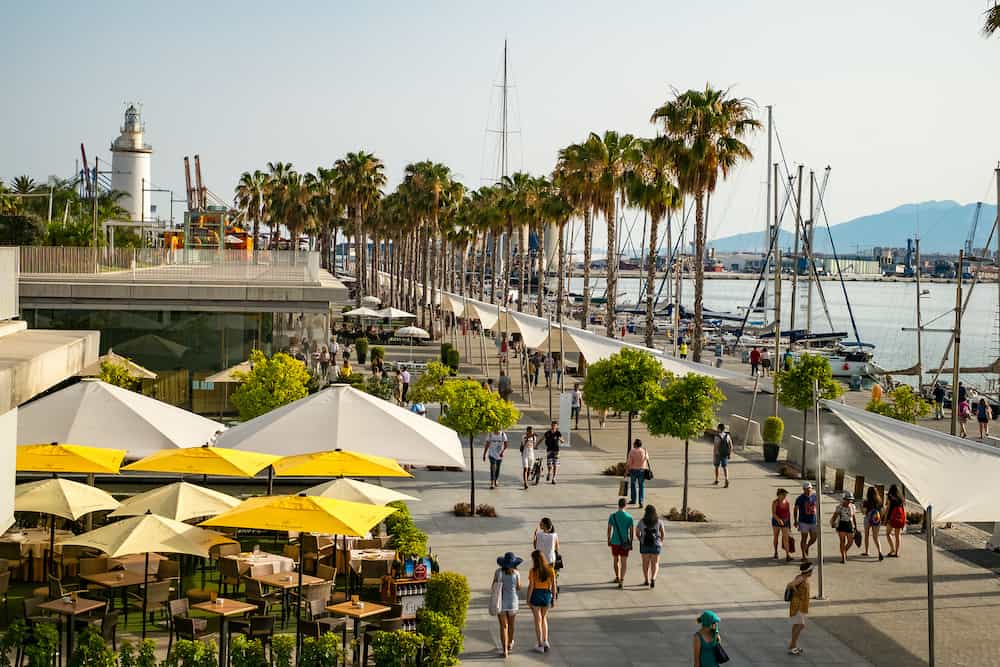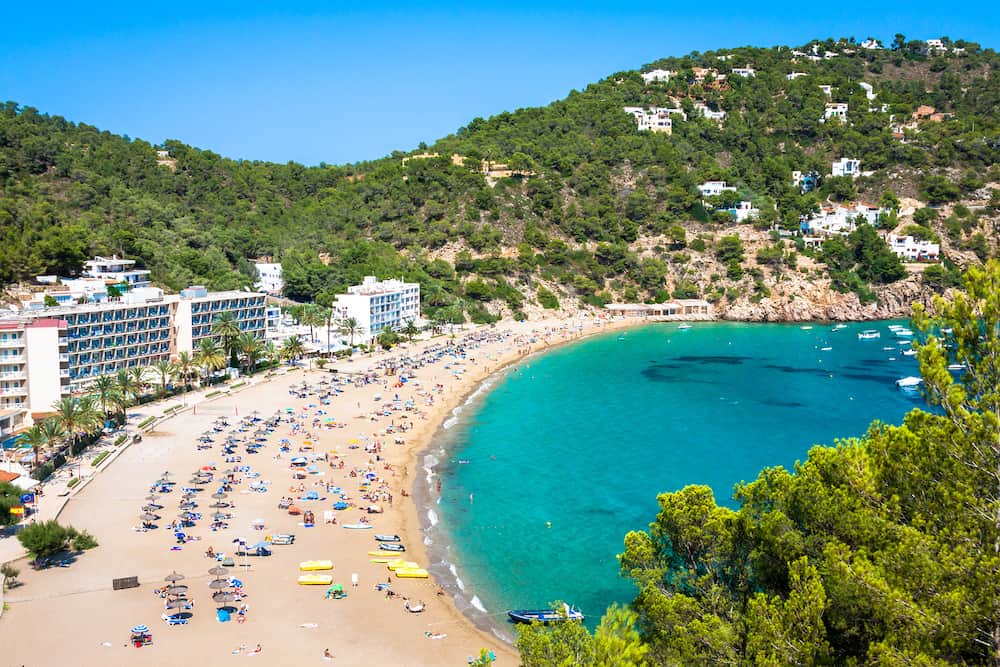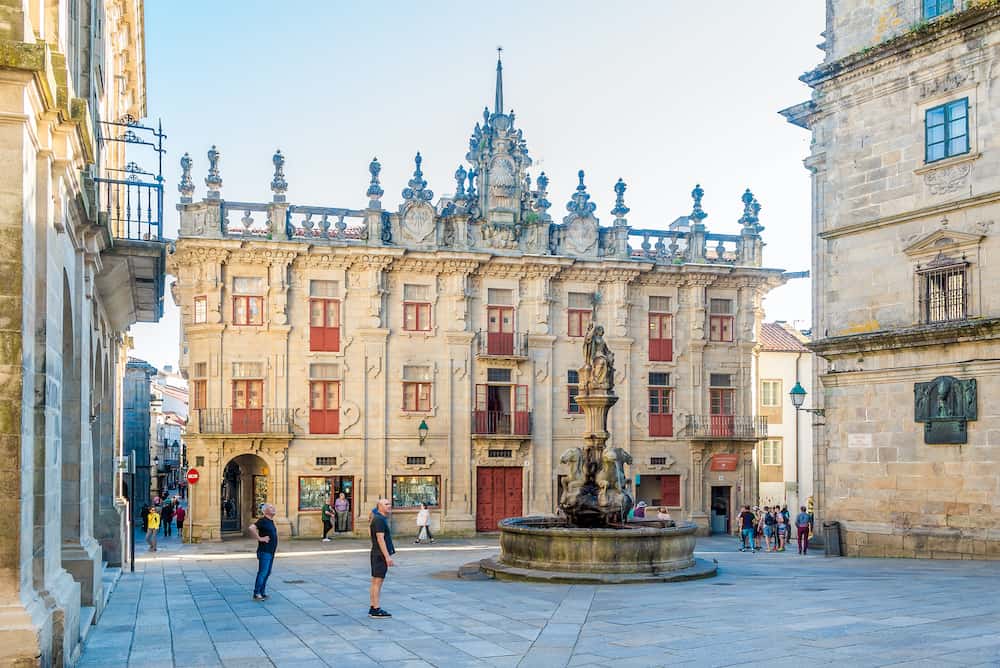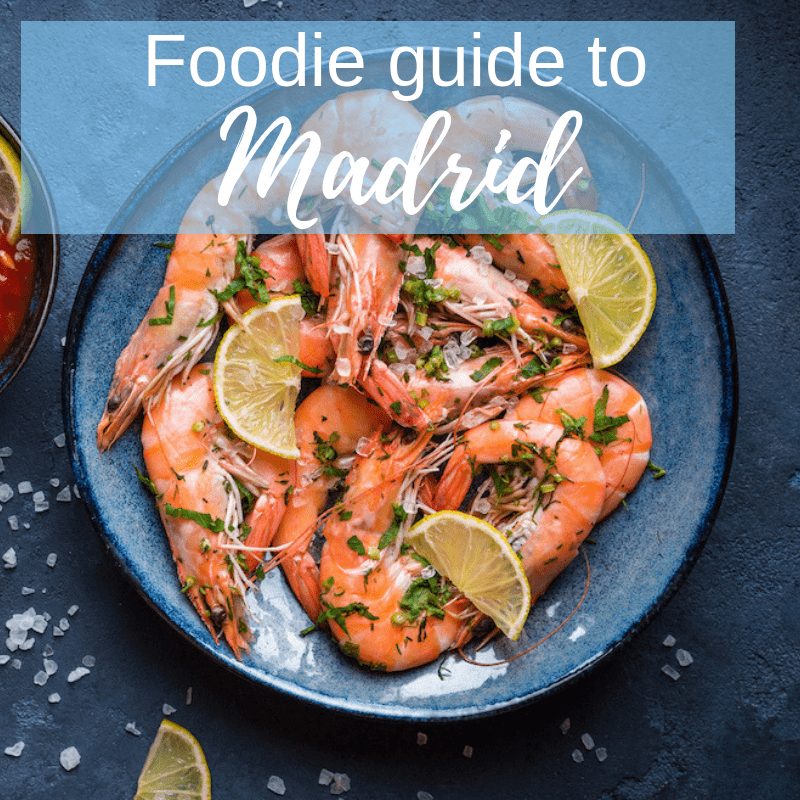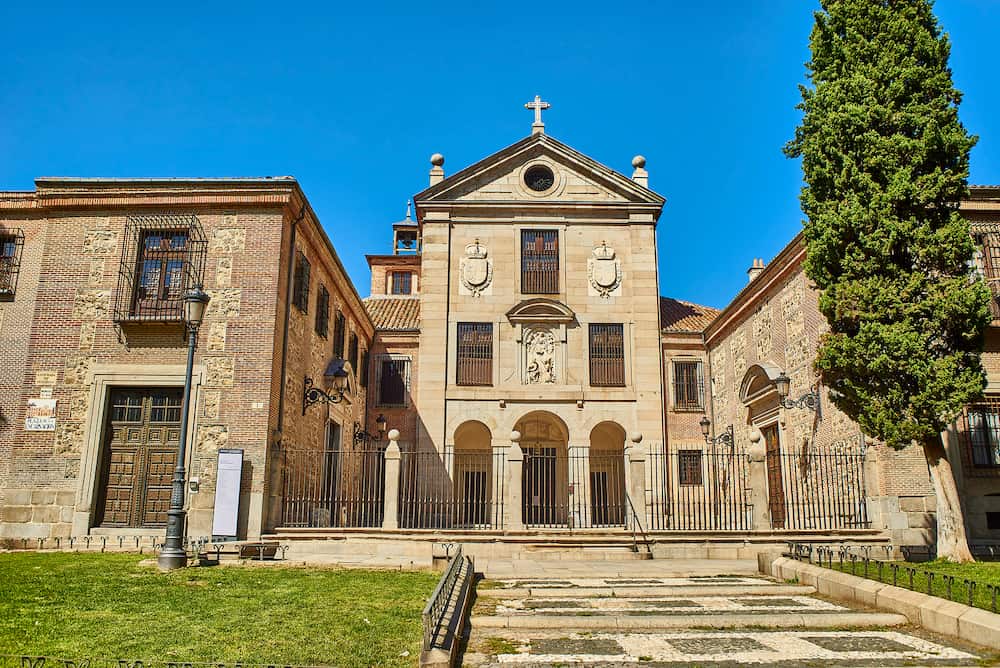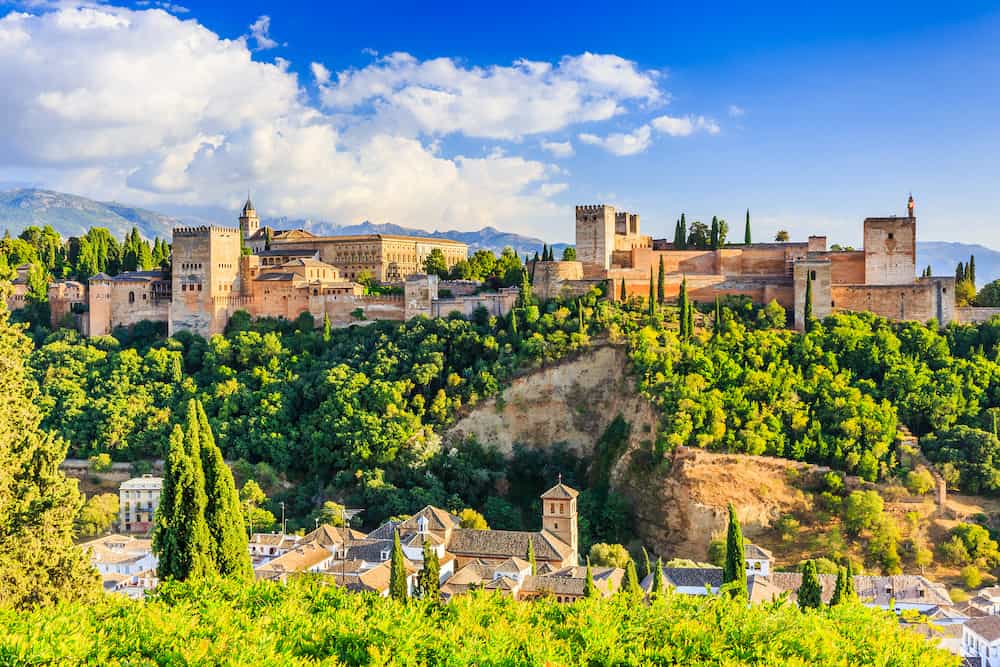Foodie Guide to Northern Spain
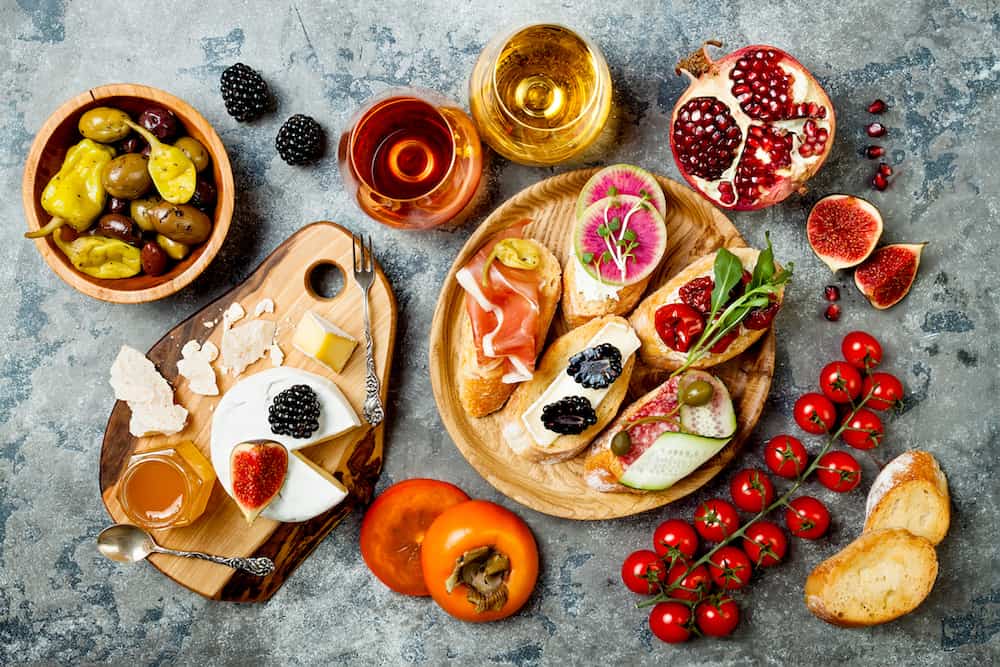
Northern Spain is the undiscovered jewel of the Iberian Peninsula. Most tourists flock to the capital of Madrid or Barcelona or to enjoy the expansive beaches of the Spanish coastline, overlooking a part of Spain that is definitely worth a visit.
With rolling hills and lush, green countryside, you would be forgiven for thinking that you are somewhere in Northern Europe, in England or Switzerland. In fact, the TV series Heidi was filmed in a small picturesque village called Liébana in Asutrias!
Northern Spain is agricultural land, especially for cattle farming which produces quality meat and dairy products, renowned throughout Spain and also rugged, dramatic coastlines where fisherman bring in the day’s catch, freshly caught seafood prized by gourmands and locals alike. To top it all off there is an large selection of wines and cider from the local breweries and vineyards.
Northern Spain is a must-see destination for foodies and epicureans and here is the ultimate foodie guide to the best on offer in Asturias, Galicia and the Basque Country.
Plan your trip
Save on fees abroad with the Wise Card—use it at ATMs, restaurants, and for flights or hotels in over 150 countries. Manage 40+ currencies in real-time with the Wise app.
Need Help Planning?
- Cheap Flights: Find the best deals.
- Accommodation: From hostels to luxury stays.
- Car Rental: Affordable options worldwide.
- Sightseeing Tours: Explore without breaking the bank.
- Travel Adapter: One adapter for all your needs.
- Travel Insurance: Don’t risk it—stay covered.
This post includes affiliate links. Read my full disclosure and content policy.
The best time to visit Northern Spain
The North of Spain feels like a different country altogether, and the weather is more like that of Northern Europe rather than Spain, hence the green countryside as far as the eye can see.
Some tourists find this off-putting, opting instead to head to the Spanish coast there the sunny weather is guaranteed all summer long with not a drop of rain to be seen.
The weather in the North is temperamental and changeable and sometimes in the summer there may be rainy days and summer showers, but the best time to visit Northern Spain is in July and August. During the summer months, there is less chance of rainfall.
The only downfall of travelling in the summer is that you will encounter hundreds of tourists, as Northern Spain is THE destination for Spaniards seeking to escape the relentless summer heat and humidity in the rest of Spain. So it may be worth visiting in the months of June or September to avoid the crowds.
How to get to Northern Spain
To get to Northern Spain, there are numerous airports with airlines like Vueling and Ryanair offering low budget options.
Alternatively, you can also fly there from the capital, Madrid, and there are many cheap flights with Ryanair and Iberia to the North
You can fly to Galicia by flying to La Coruña Airport or to Santiago or Vigo airports. To get to the Basque Country you can fly into Bilbao or Santander.
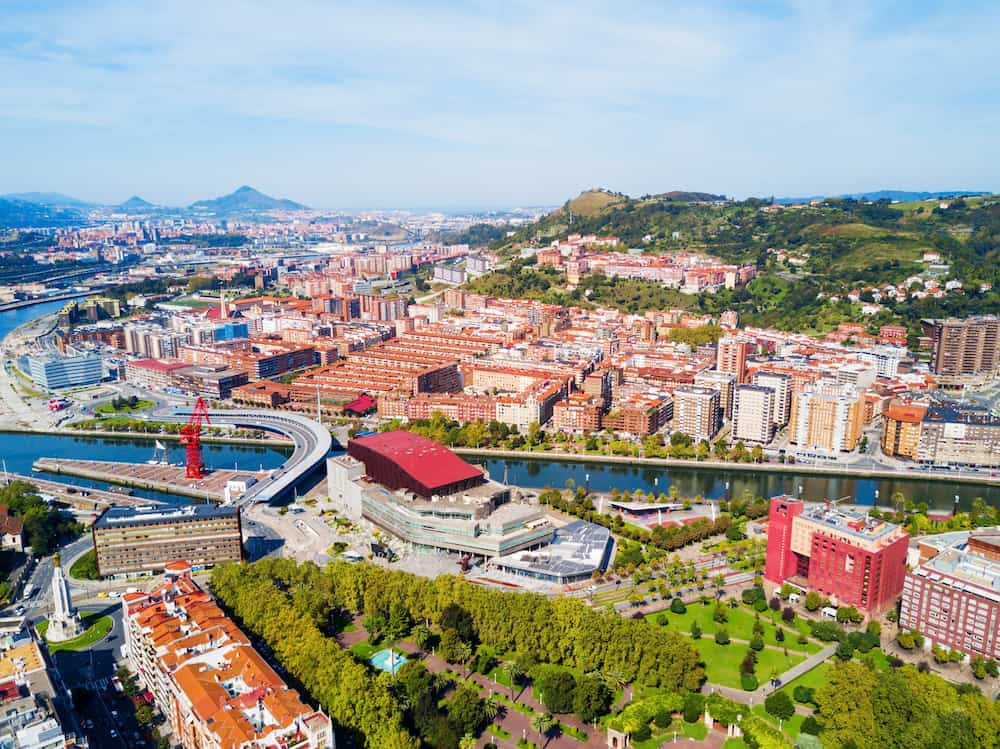
How to get around Northern Spain
Once in the North of Spain it is recommendable to rent a car to get around, as rail networks are not so efficient.
There is a high-speed train to Leon or the slower Alvia train, which connects Barcelona with Galicia and Basque Country, with trains going to Bilbao, A Coruna or Vigo. You can book the high-speed Ave and Alvia trains.
Renting a car will give you the freedom to explore small towns and villages and go off the beaten track so that you can make the most of your time in the North.
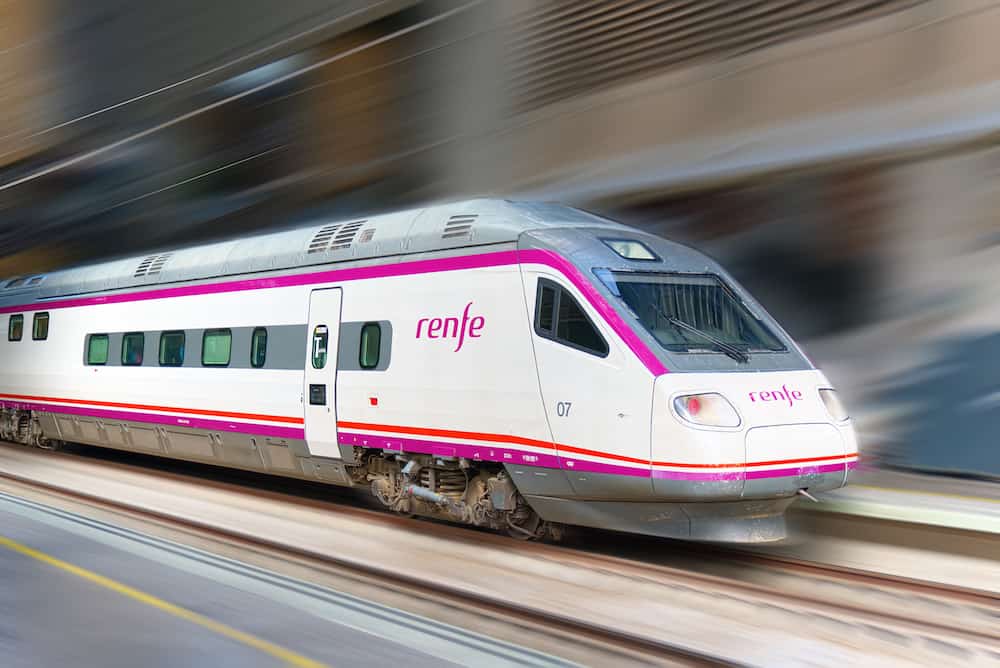
What to eat in Northern Spain
Northern Spain is divided into three autonomous regions: Asturias, Basque Country and Galicia. Each region has its own specialties and high-quality products that will make your mouth water.
Here is a shortlist of the best things to try in each region, there are so many wonderful dishes from all over the North it was impossible to include them all!
Basque Country
Pintxos
Pintxos, literally meaning “spike” in Basque, hails from the coastal seaside town of San Sebastian. The pintxo is the Basque’s answer to Spanish tapas and bars in the area are overflowing with a selection of them.
Small bite sized morsels of meat, seafood and other local specialties are skewered onto small pieces of bread, best sampled in different bars while barhopping, and washed down with a nice cool beer or a fresh glass of Basque Txakoli white wine.
One of the best places to eat Pintxos in San Sebastian is the tiny, unassuming Bar Sport, Fermin Calbeton Kalea, 10.
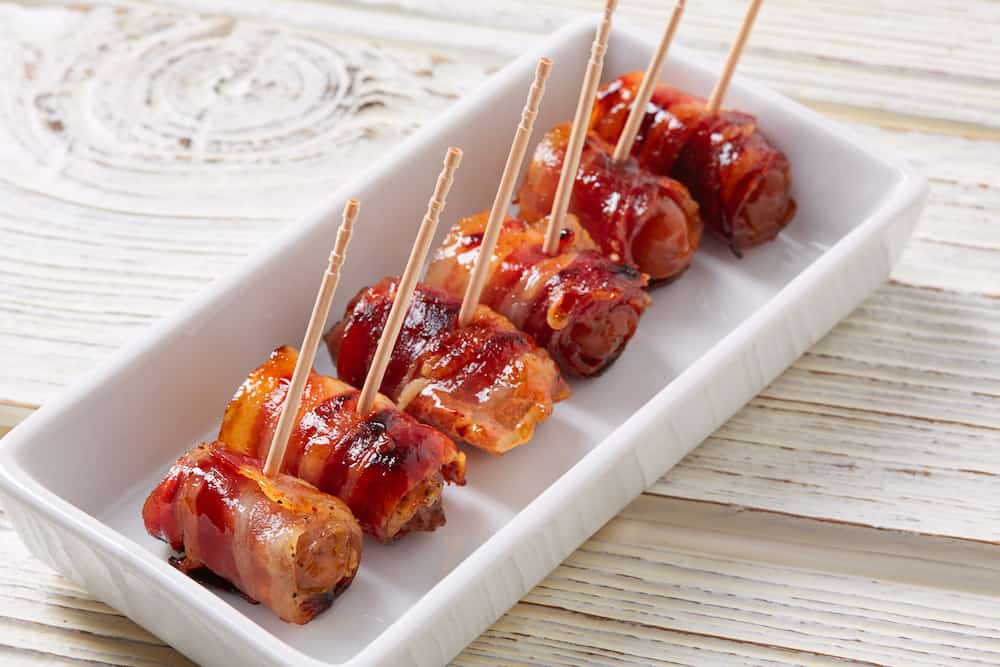
Meat
The Basques love their meat and large quantities of it. There is a lot of cattle farming in this region of Spain and a lot of high quality meat is shipped all over the country.
The most beloved dish is Chuleton, a thick cut rib eye steak, cooked over a fire.
Try one of the best chuletones and other meat dishes cooked over a roaring fire at Asador Etxebarri, tucked away in the mountains of Axpe, Basque Country.
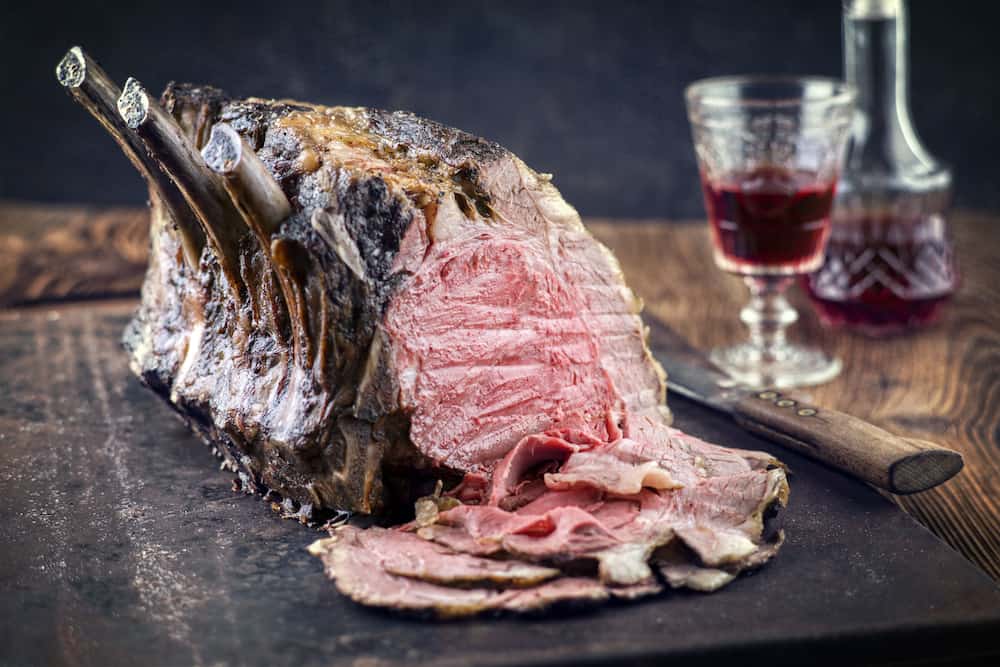
Txistorra
Txistorra is a cured sausage from Aragon, Basque Country and Navarre, Spain. This thin sausage made of pork and beef can be classified as a type of chorizo.
It is often fried and served as a pintxo accompanied by a cool glass of Txakoli wine or cider and was a traditional dish served on the 21st of December, the feast day of Thomas the Apostle in San Sebastian.
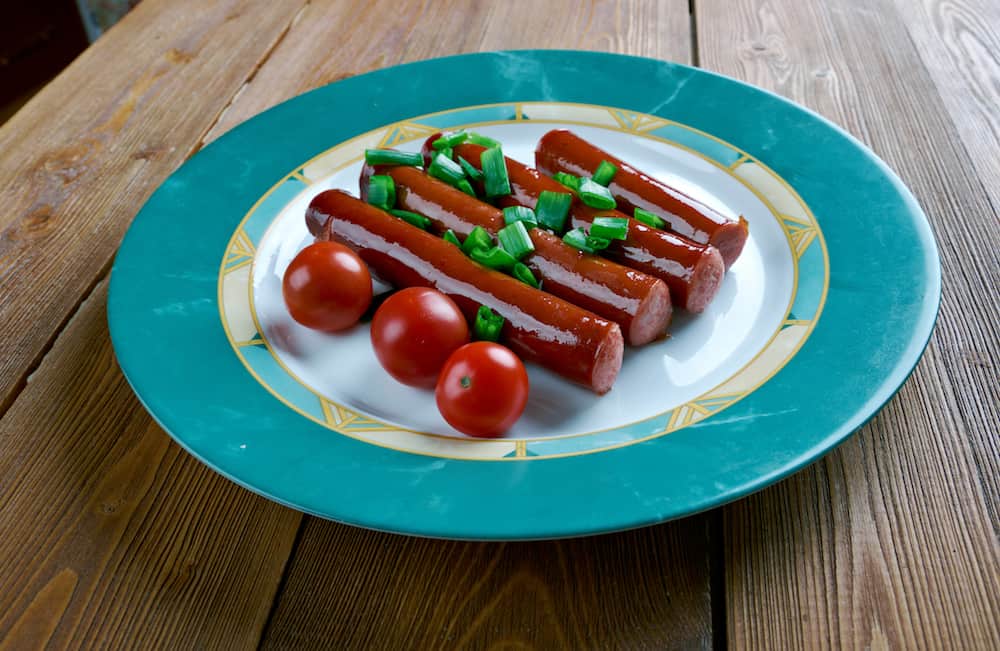
Asturias
Fabada
This hearty stew made of white beans, pork shoulder, chorizo and blood sausage, also known as morcilla.
This heavy meal is typical of the kind of meals that will keep you full and warm in the cooler climate of Asturias. The quality of the fabada is all down to the beans and Spanish people will spend up to 20 euros for a bag of “fabes” to make their stews.
The winner of the Fabada competition’s first place is Casa Chema, which also has an award winning view of the sea, being situated in a Port in Oviedo.
It even has a vegan menu for those who need a change from all the meat dishes of the North.
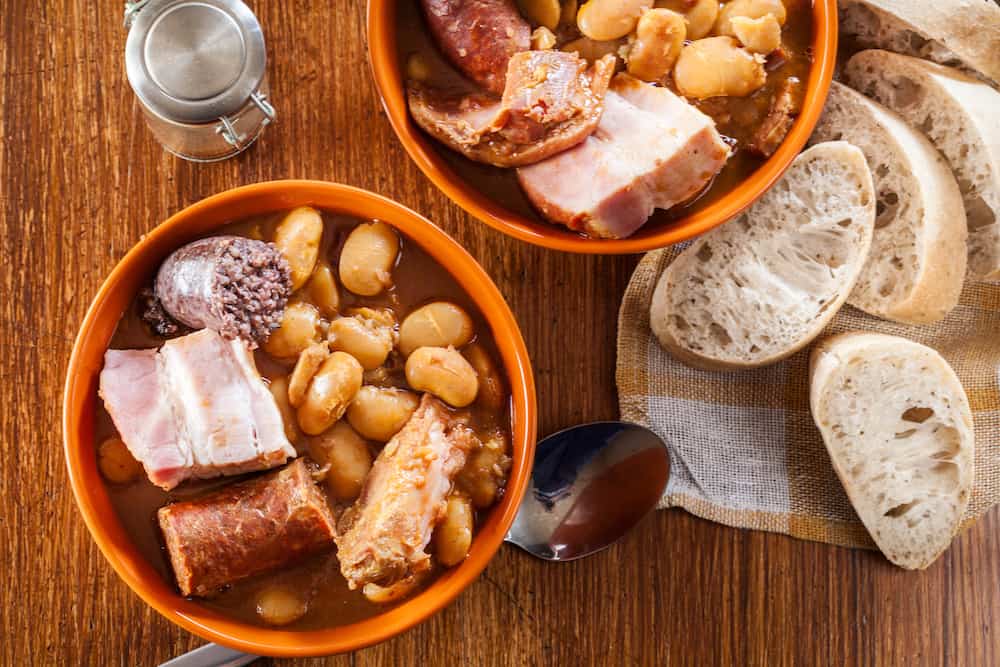
Cabrales
Cabrales is the incredibly smelly cheese that hails from Asturias. The cheese is made from unpasteurized cow and goats milk and is wrapped in moist sycamore maple leaves and stored away in limestone caves tucked away in the Asturian Mountains.
Unlike other blue cheeses that are injected with penicillium, Cabrales is cured from outside in with a blue mold that gives it its distinctive acidic taste.
The caves are set in the mountain, one of which is accessible by vehicle, whilst others require a trek on foot with the cheesemakers carrying four to six wheels in special backpacks to hike to the opening of the cave.
Another cave is even further, where journeys there must be made on horse. The cheeses are left there to age for four to six months on wooden shelves until they are flipped, and wheels ready for sale are transported back to the factory in Sotres de Cabrales.
All the milk used in the production of Cabrales comes from the animals of Asturias. It was designated a PDO Cheese (Protected Designation of Origin) and has a protected status.
You can visit the Fundacion Cabrales in Arena de Cabrales and learn about this famous cheese in a tour, which includes a visit to a replica cave.
There are also lots of wonderful cheeses in Asturias to try, here are some of the favourites:
Ahumado de Pria – This cheese is mild, sweet and smoky.
Gamonéu – Hailing from the village of Gamonéu and is a smoky and nutty cheese, with a moderately firm texture and hint of spice.
Afuega’l Pitu – This is a Soft, sharp full fat cows cheese with a slight spicy flavor.
Los Beyos – This crumbly and dense cheese melts in your mouth and is delicious accompanied with a fine wine.
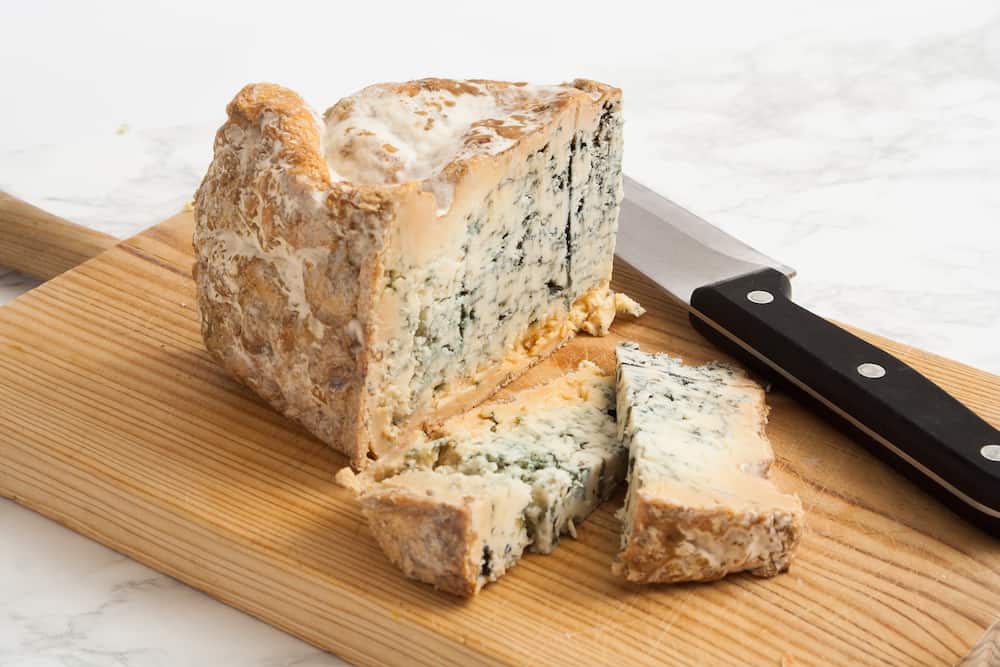
Galicia
Pulpa a la Gallega
Galician Octopus is famous around Spain. In Galicia it is known “pulpo a la feira”. The octopus is boiled and served with a dash of paprika, known as pimenton, on a bed of boiled potatoes and is a must-try in Spain.
This dish has been popular in the region for hundreds of years and the use of paprika was used to stop foods from rotting or growing mould.
Octopus is famous in the provinces of Ourense and Lugo and in the festivities of San Froilán in Lugo; Octopus is the star dish and is consumed in huge quantities.
Typically octopus is served in small restaurants called Polberias, these are rough and ready restaurants, which specialise in wholesome, authentic food and you can find them dotted all around coastal towns in Galicia.
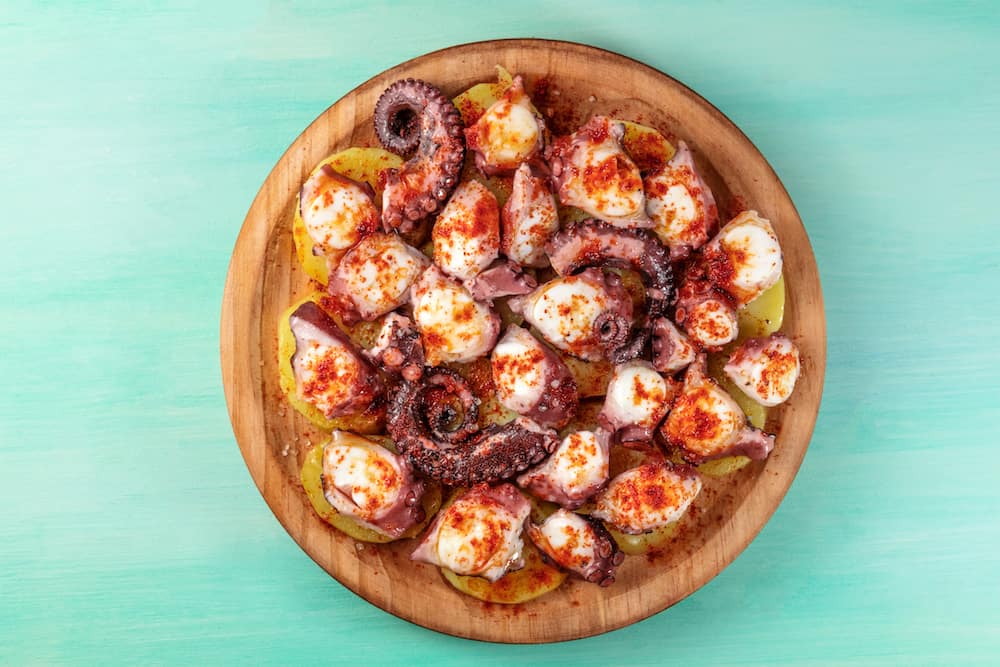
Percebes
Risking crashing waves and perilous cliffs, local gatherers climb down the open rock cliffs armed with a crowbar, risking their lives to gather this highly prized mollusc.
They hack away at the rock with their crowbar to pull the percebes out of the rocks whilst keeping one eye on the waves so that they can quickly escape before the next waves crash onto the cliffs.
Percebes, or Goose Barnacles are famous in Spain as one of the most expensive and luxurious seafood delicacies and people sometimes pay 100 or 200 euros for a kilo!
These small molluscs resemble an alien clawed finger and don’t look very appetising, but their flavour is highly regarded in Spain. They are served after being boiled briefly in seawater and have a strong flavour of the sea.
The best place to sample them is the fish market at Plaza de Lugo, in A Coruña where you can see the fresh catch of the day on display.
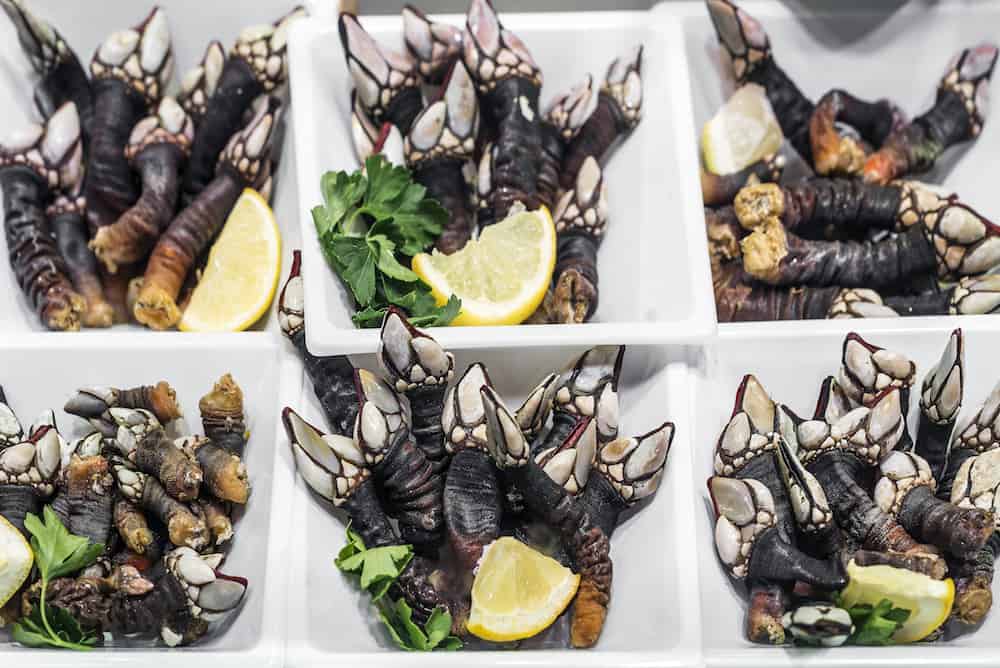
Tarta de Santiago
This tart made from almonds, sugar, lemon and egg and embellished with an image of St. James Cross (resembling a fleur-de-lis) is said to date back to medieval times, the original recipe is said to have appeared in the 19th century and was named “Tarta de Almendras” or “almond cake”, though some historians think that it dates back even further.
The Tarta de Santiago was named in honour of the apostle, St. James and is associated with St. James’ Way, a pilgrimage route on the Camino de Santiago that takes you to the Cathedral of Santiago de Compostela and it is said that pilgrims who tasted this cake on their journey spread the word of this cake upon return to their home spreading its fame across Europe.
The cake is typically eaten in July and August and is well beloved in Galicia, since 2006 it has been protected by a designation of origin and can be bought in many local bakeries around Galicia.
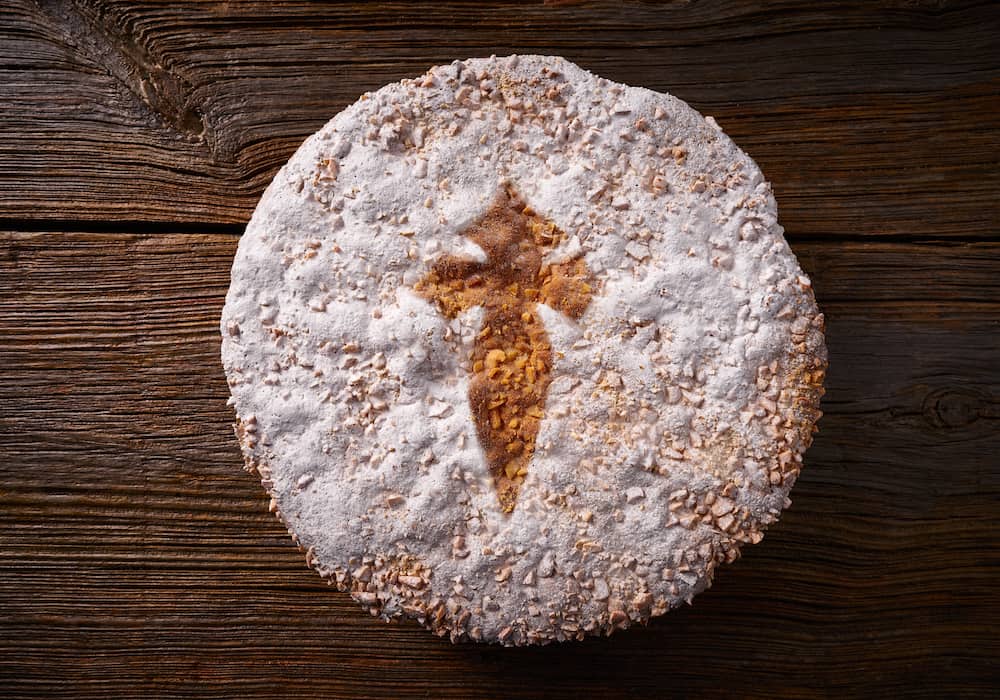
What to drink in Northern Spain
Cider or Sidra
There is Asturian cider and Basque cider that differs from ciders from Northern Europe as it is less sweet in flavour and is more musky and dark.
It can be found in “Sidrerias” where the pouring of cider is always a great show, it needs to be poured from height and the stream of cider falling into the glass produces some foam from carbonation.
This method is called “escanciar“ in Spanish and is a necessary process to extract the best flavour from the Sidra. It is also drunk in small quantities, an inch or two at a time and should be drunk immediately.
There are several rules concerning the consumption of cider. Firstly, a bottle of cider is never consumed alone and must be shared with friends and family. Secondly, no one pours his or her own cider and an expert pourer will come and serve you.
Thirdly, you must empty the glass in one swig whilst the cider is still fresh and lave a little cider at the bottom of the glass which is ceremoniously poured onto the ground and is said to be a ritual originating from the Celtic tradition of returning a part of what has been given to you back to the earth. Similarly, at least two fingers worth of cider must be left in the bottle for the same reason.
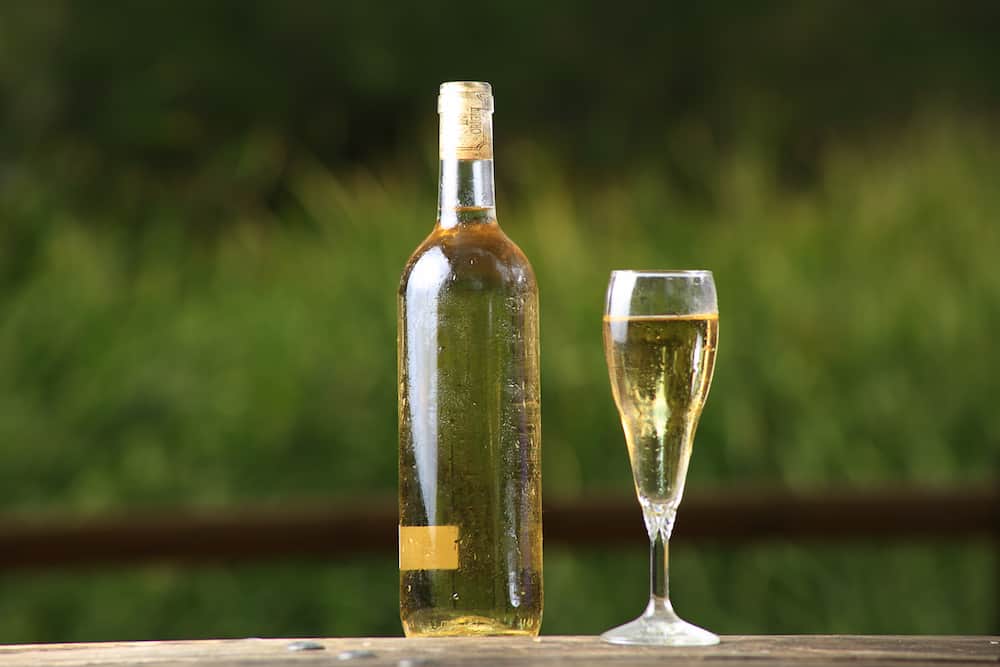
Wine
Galicia is famous for its wine, being a coastal region whose diet consists of a lot of seafood. The most popular wine in Galicia comes from rain-drenched vineyards and is called Albariño, this wine comes from the thick skinned grapes that thrive in the cooler, rainy climes of Galicia. The wine is crisp and dry and goes well with all seafood.
For a popular red, you can try La Rioja, from the heart of the wine-producing region of Spain, in the 1800s an alliance with Bordeaux was formed which led to an exchange in the knowledge and technology involved in winemaking which led to one of the most popular Spanish wines of modern day.
Txakoli is an light, sparkling white wine which emits tiny bubbles in your glass when poured and is made from the local Hondarrabi Zuri grapes of the Basque Country. This wine is a light and fresh accompaniment for hot summer days and is perfect with some seafood or pintxos.
If you’d like to save it for later, please save it to Pinterest.
